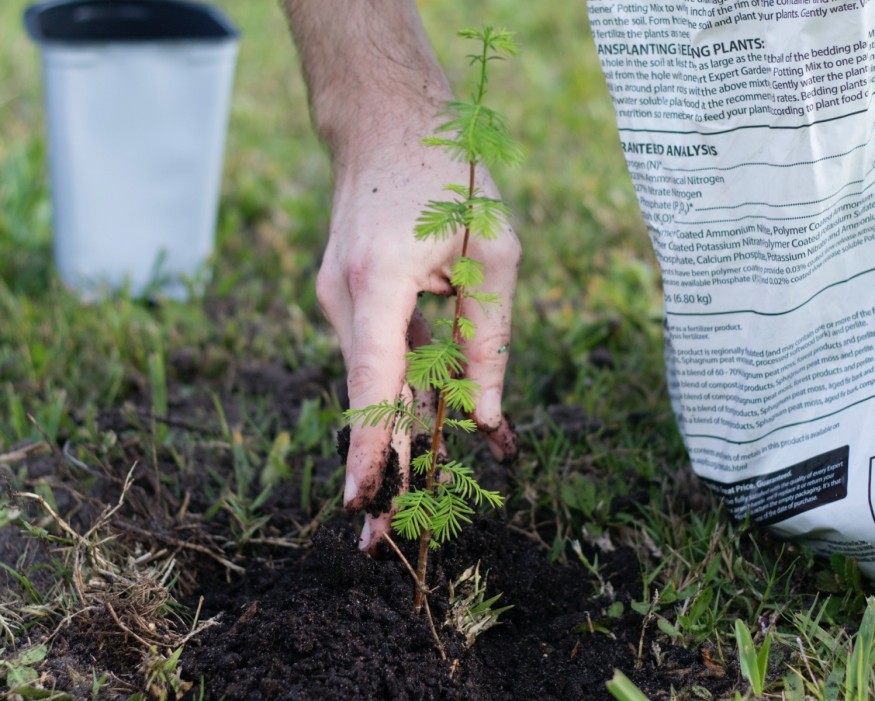
To meet the state's climate goals, 1700 trees have been planted on five acres in a community in New York. In addition to assisting New York in meeting its targets in the fight against climate change, a tree planting initiative in Cayuga County aims to enhance the water quality of Owasco Lake.
Over 1700 Trees Planted in NYC Town Moravia
The Nature Conservancy, entrusted with an 87-acre plot in Moravia by the Dale Parmley Trust in 2020, has sowed over 1,700 trees across five acres of this land. This tract, once tended as a dairy farm by Parmley until his passing in 2021, overlooks the Owasco Inlet, a feeder of Owasco Lake. The Conservancy's initiative, announced via a 2020 press release, aims to bolster the lake's quality.
Spearheading the endeavor, Gregg Sargis revealed to The Citizen that the tree planting aligns with the state Department of Environmental Conservation's Water Quality Improvement Project program (WQIP).
This program, a competitive grant endeavor, finances projects enhancing water quality, aquatic habitats, flood risk reduction, restoration, climate resiliency, and safeguarding drinking water sources. Notably, the program offers matching funds for projects like land acquisition for safeguarding source water, reflecting a broader commitment to preserving and fortifying vital environmental resources.
Climate Goals: Improved Water Quality, Carbon Capture
The Nature Conservancy undertook the Owasco Flats project, planting five tree species-American sycamore, black gum, black willow, red maple, and red oak-meticulously chosen based on site suitability, growth characteristics, lifespan, and resilience to deer and forest pests.
Gregg Sargis, overseeing the endeavor, articulated the Conservancy's primary objectives: establishing trees on the parcel to enhance water quality and sequester carbon. He noted existing herbaceous vegetation, stressing the imperative to restore it along with the tree cover.
While the project's local impact promises to notably improve water quality, Sargis emphasized its statewide significance in addressing climate change effects. To meet New York's climate goals, he highlighted the pressing need for a substantial increase in annual tree plantings, citing the challenge faced by nurseries in supporting this effort with increased tree supply.
The former Parmley land represents a long-term commitment. Sargis outlined a meticulous management plan spanning five to seven years to ensure tree health and ongoing land maintenance. He underscored a commitment beyond mere tree planting, aiming for sustained care and responsible land stewardship.
The Nature Conservancy's Billion Trees
The Nature Conservancy spearheads the Billion Trees initiative, a vast forest restoration endeavor aiming to combat the entwined crises of climate change and biodiversity loss. To plant a billion trees worldwide, they emphasize the collective strength needed to achieve this ambitious target. Trees offer multifaceted benefits by purifying air, providing clean water, mitigating climate change, and fostering habitats for diverse flora and fauna.
Planting a billion trees stands as a critical measure to counteract climate change and preserve biodiversity. The restoration and preservation of vital forests contribute significantly by sequestering carbon and nurturing biodiversity.
The Conservancy emphasizes that within a lifetime, the planet undergoes profound changes, for better or worse, yet underscores the collective power to restore equilibrium. Encouraging individuals to take action, they highlight the significance of each contribution toward planting, safeguarding, and reviving forests to protect our planet's future.
Related Article: 13,000-Year-Old Oak Tree in Danger as California Urban Development Proposal Covers Area, Advocates Worry
© 2025 NatureWorldNews.com All rights reserved. Do not reproduce without permission.





